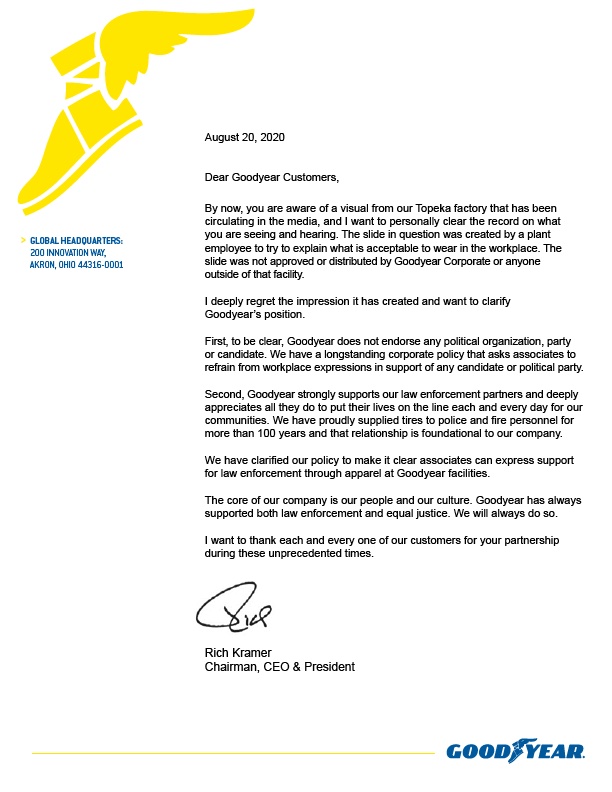
VR Code (Visual Recognition)


The Three Gorges Dam in Central China’s Hubei Province on Thursday is set to face the largest ever flood peak since it was built. The reservoir has been ready to confront the challenge by coordinating with dams at its upper stream to retain the flood water, said the Three Gorges Corp.
The latest hydrometeorological forecasts estimated the inflow flood peak of the Three Gorges project will reach 73,000 cubic meters per second at 8 am on Thursday, the largest volume since it was built in 2003.
To confront the flood peak, dams in the upstream of the Yangtze River – including Wudongde, Xiluodu and Xiangjiaba dams, also managed by the Three Gorges Corp – will work together under “elaborate deployment and operation” to jointly retain the flood, the Three Gorges Corp said in a statement it sent to the Global Times on Wednesday.
The dams will sufficiently exert the flood defense function of a cascade reservoir within the basin, and are expected to ease the flood defense pressure for Southwest China’s Sichuan Province and Chongqing Municipality, as well as the Three Gorges project, according to the statement.
It is estimated the inflow water peak will be cut down to 68,000 cubic meters per second from 70,000, the Xinhua News Agency reported on Wednesday.
Meanwhile, the discharge flow of the Three Gorges project will increase to 46,000 cubic meters per second from 42,000 under the demand of the Changjiang Water Resources Commission under the Ministry of Water Resources.
On Saturday, the Three Gorges Dam withstood the No.4 flood of the Yangtze River of the year, which had an inflow of 62,000 cubic meters per second.
Two days after, the No.5 flood occurred along the upstream of the Yangtze River.
Several branches of the upstream of the Yangtze River saw record flood peaks due to constant heavy rainfall.

The economic affairs authority of Taiwan launched a new rule targeting technology giants iQIYI and Tencent from carrying out “illegal operations” in Taiwan without an official license, which experts said is a move that reflects Taiwan Democratic Progressive Party’s desire to follow in the US footsteps and create problems via political manipulation in an attempt to diverge from the mainland.
The authority has given OTT-TV 14 days notice, after which the plan will be officially announced on September 3, according to a statement by the Taiwanese economic affairs authorities on Tuesday.
An OTT media service is a streaming media service offered directly to viewers via the internet, meaning it bypasses cable, broadcast, and satellite television platforms, and therefore any local controls too.
In July this year, the Taiwan communications authorities adopted draft measures on the management of internet audio-visual services to cater to OTT service providers both in and outside the region. Such an approach is considered an attack on OTT practitioners on the mainland, and has also been referred to as “iQIYI, Tencent terms” in Taiwan.


Then,





China’s self-developed operating system Kylinsoft V10, which was officially launched on August 13, is to meet the rising needs for a self-reliant and safer operating system.
Developed jointly by China Standard Software Co and Tianjin Kylin Information, subsidiaries of China Electronics Corporation (CEC), Kylinsoft V10 meets the needs of the 5G era and achieves multi-terminal integration by connecting mobile phones, tablets, PCS and other devices, according to CEC’s report.
The Kylin technology can support a large number of Android applications, and has seamlessly transferred more than 3 million Android compatible hardware and software to domestic platforms.
One of the most important things of V10 is that its desktop version has integrated with the Android compatibility ecosystem, which enables users to download and run a huge number of Android applications, Kong Jinzhu, executive president of Kylinsoft, said in his speech at the launch, adding that the Kylin system has received a high recognition and the massive adaption in governmental departments ranges from customs to transport and agriculture.


Liquid Nanoclay– a new innovation produced by Norwegian startup Desert Control. Made with just water and clay, Liquid Nanoclay is designed to be sprayed on sand or sandy soil. It soaks in and attaches to sand particles, boosting water retention and enriching the soil with plant-essential nutrients.According to Desert Control, the mixture increases the fertility of nutrient-poor sandy soils and can reduce water usage by more than half. What’s more, Liquid Nanoclay can turn arid land into arable land in just seven hours, says the company.

